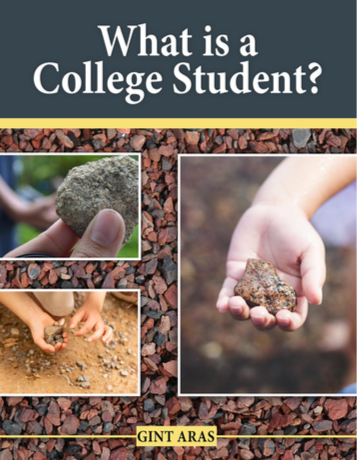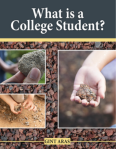Admit it. The title of this book asks a good question. How would you answer it?

What is a College Student? is a companion to a study-skills, critical thinking or composition course. The textbook targets first-generation, urban-commuter, Generation 1.5, developmental and other non-traditional students.
Estimates vary, but according to an NCES assessment of college student demographics, a whopping 71.6% of college students in 2012 showed at least one characteristic considered “nontraditional.” What’s more striking: 26.3% of them exhibited four or more nontraditional characteristics. Parties interested in those characteristics should click on the links, but anyone teaching composition or study skills in college these days will be familiar with them.
The fact is, most of our students are “nontraditional.” It has become traditional to teach them.
Readers of Liquid Ink know that I have spent 20 years teaching community college students. I got so frustrated trying to find an appropriate textbook that I took to the task of writing one myself.
The book offers an introduction to college culture and custom, including considerations of concepts like tenure, academic freedom, the difference between “research” and “teaching,” and the flowchart of professional relationships in a college, particularly how it differs from that of a high school. The book also presents a step-based reading methodology, as it focuses on developing in the student a sense of natural curiosity that drives all inquiry.
What is a College Student? is an ebook read via VitalSource or RedShelf. The price is $40. Anyone can purchase a copy here.
Teachers and professors can request a review copy here.





You must be logged in to post a comment.